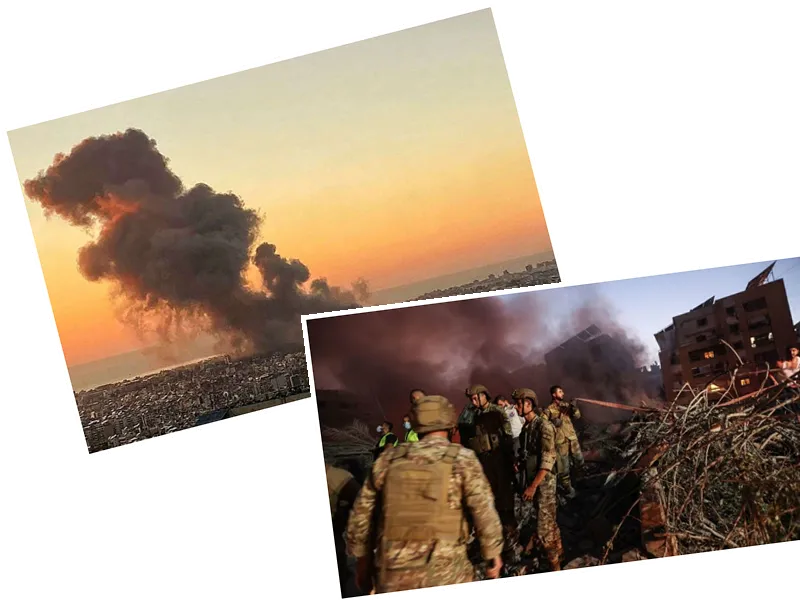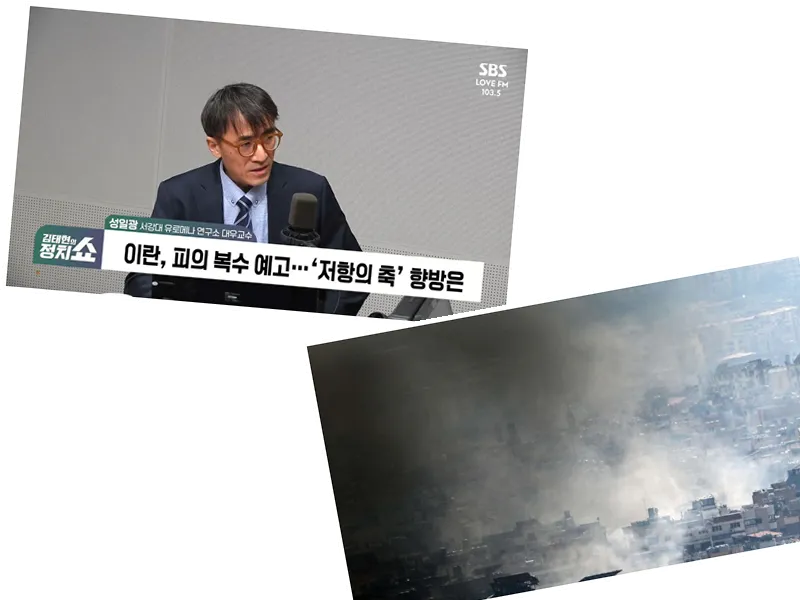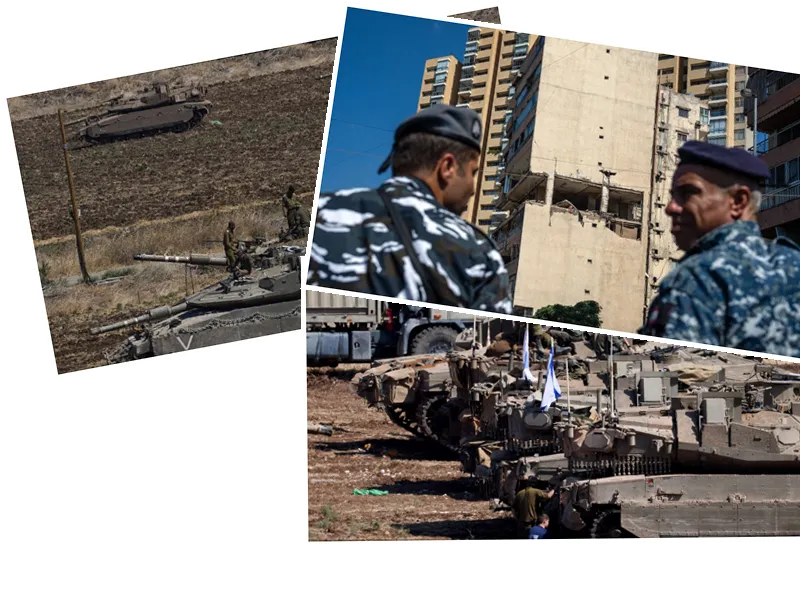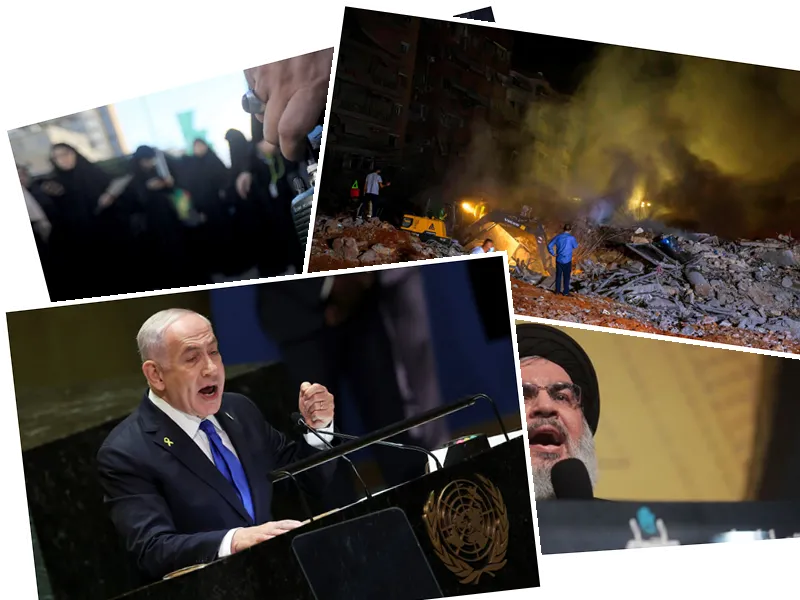Escalating Conflict: The Assassination of Hezbollah Leaders in Lebanon
In a dramatic escalation of military operations, the Israeli Defense Forces (IDF) have targeted and killed key Hezbollah commanders in Lebanon, marking a significant turning point in the ongoing conflict. The recent assassination of Hassan Nasrallah, the leader of Hezbollah, alongside the elimination of Muhammad Ali Ismail, commander of the group's missile unit, has raised tensions in the region. The IDF reported that these strikes were part of a broader strategy to weaken Hezbollah's operational capabilities and disrupt its military infrastructure.
The Israeli Strategy: Weaken Hezbollah's Military Capabilities
The IDF has launched extensive attacks, reportedly using over 3,500 weapons in just the past week, aimed at dismantling Hezbollah's missile capabilities and reducing its influence in southern Lebanon. According to Israeli officials, the military has systematically targeted Hezbollah's leadership, with operations designed to blind the group’s intelligence and disrupt its decision-making processes. The recent airstrikes, which hit Hezbollah's so-called
Dahiyeh
central headquarters,
aimed at crippling its missile operations,
have resulted in significant casualties and damage to Hezbollah's infrastructure.
The Lebanese health ministry reported at least six fatalities and over 90 injuries from these strikes, with rescue teams continuing to search for survivors among the rubble.
Implications for Regional Stability and Hezbollah's Future
The assassination of Nasrallah and the targeted strikes against Hezbollah commanders could lead to a reshaping of the balance of power in the Middle East. Israeli officials believe that these actions may create conditions for a return to stability in northern Israel by weakening Hezbollah's ability to launch attacks. However, Hezbollah has vowed to retaliate, and the potential for further violence remains high. As the situation develops, the IDF continues to prepare for possible Iranian responses and the implications of these actions on the broader regional dynamics.
- The recent escalation follows a series of events that have changed the momentum in the Israeli initiative against Hezbollah. Two months prior, the assassination of Mohsin in Beirut was seen as a catalyst for increased military action. The IDF's strategy appears to be focused on creating chaos within Hezbollah, significantly reducing its capabilities, and preventing Iranian military support from reaching Lebanon. The strikes in Lebanon have not only targeted military leaders but have also aimed at disrupting the supply chain for weapons and military equipment. The IDF has closed land borders between Lebanon and Syria to limit military movements, and air operations have been intensified to prevent Iranian flights from delivering resources to Hezbollah. Despite the significant losses sustained by Hezbollah, analysts caution that the group retains the ability to respond and may still have operational capabilities. The situation remains fluid, and both the IDF and Hezbollah are preparing for a prolonged conflict, with potential implications for the entire region.





